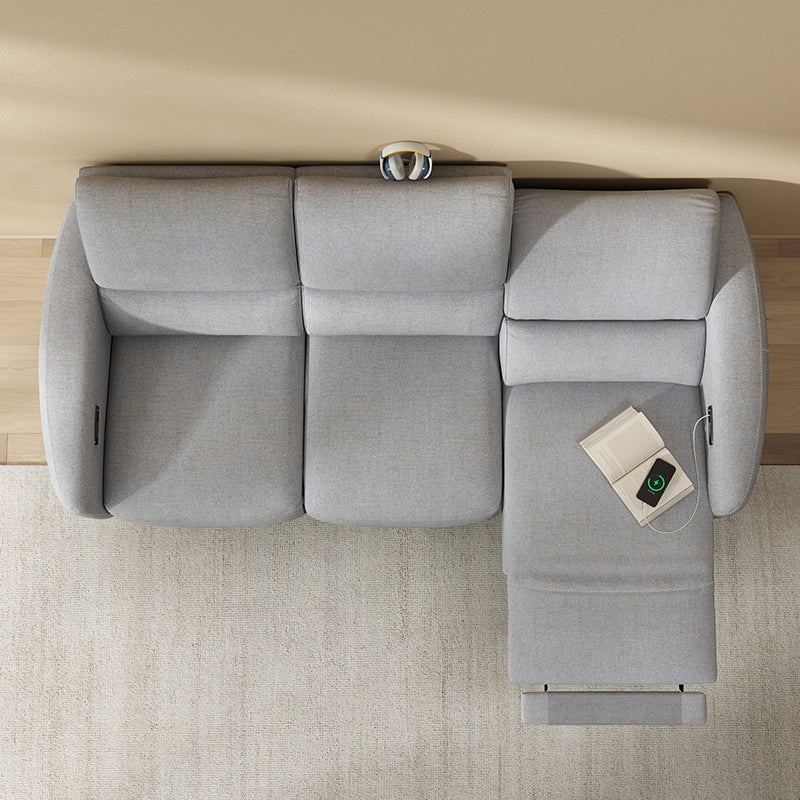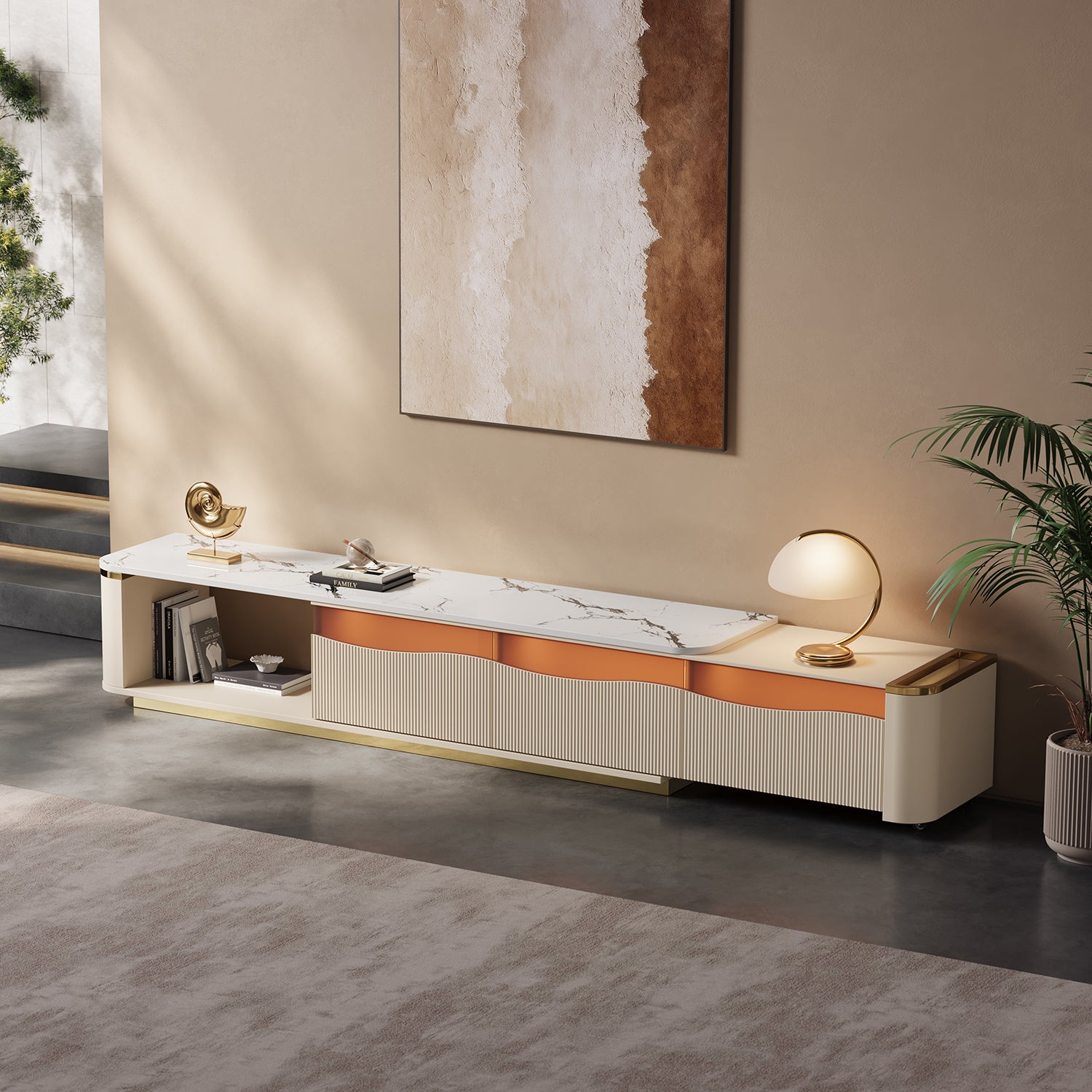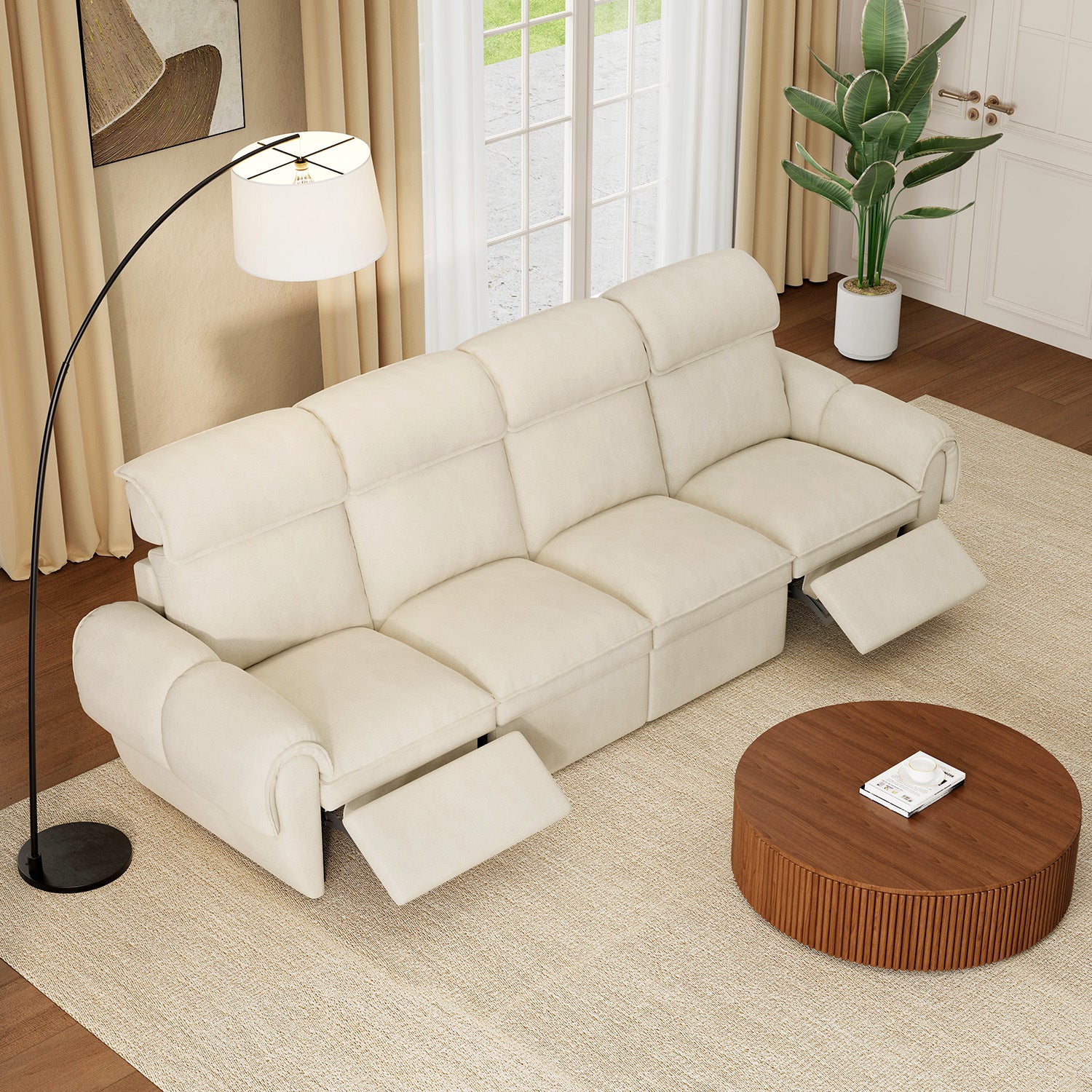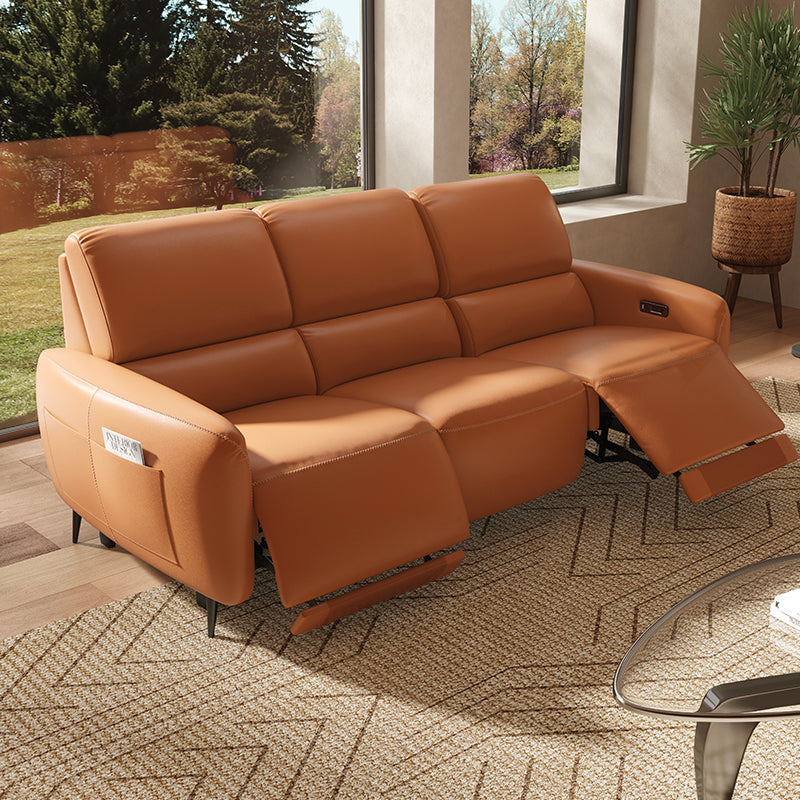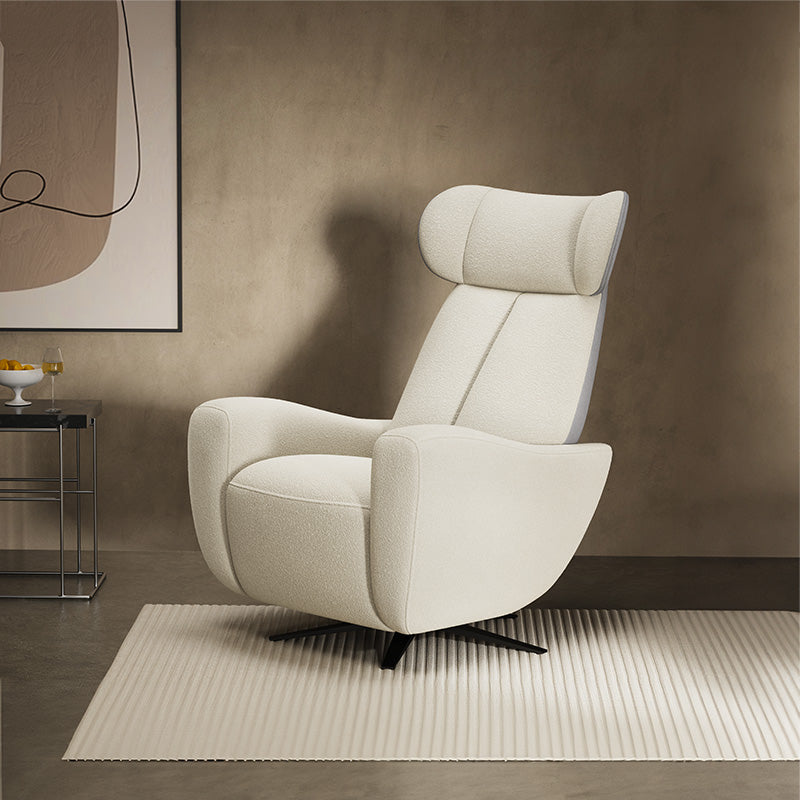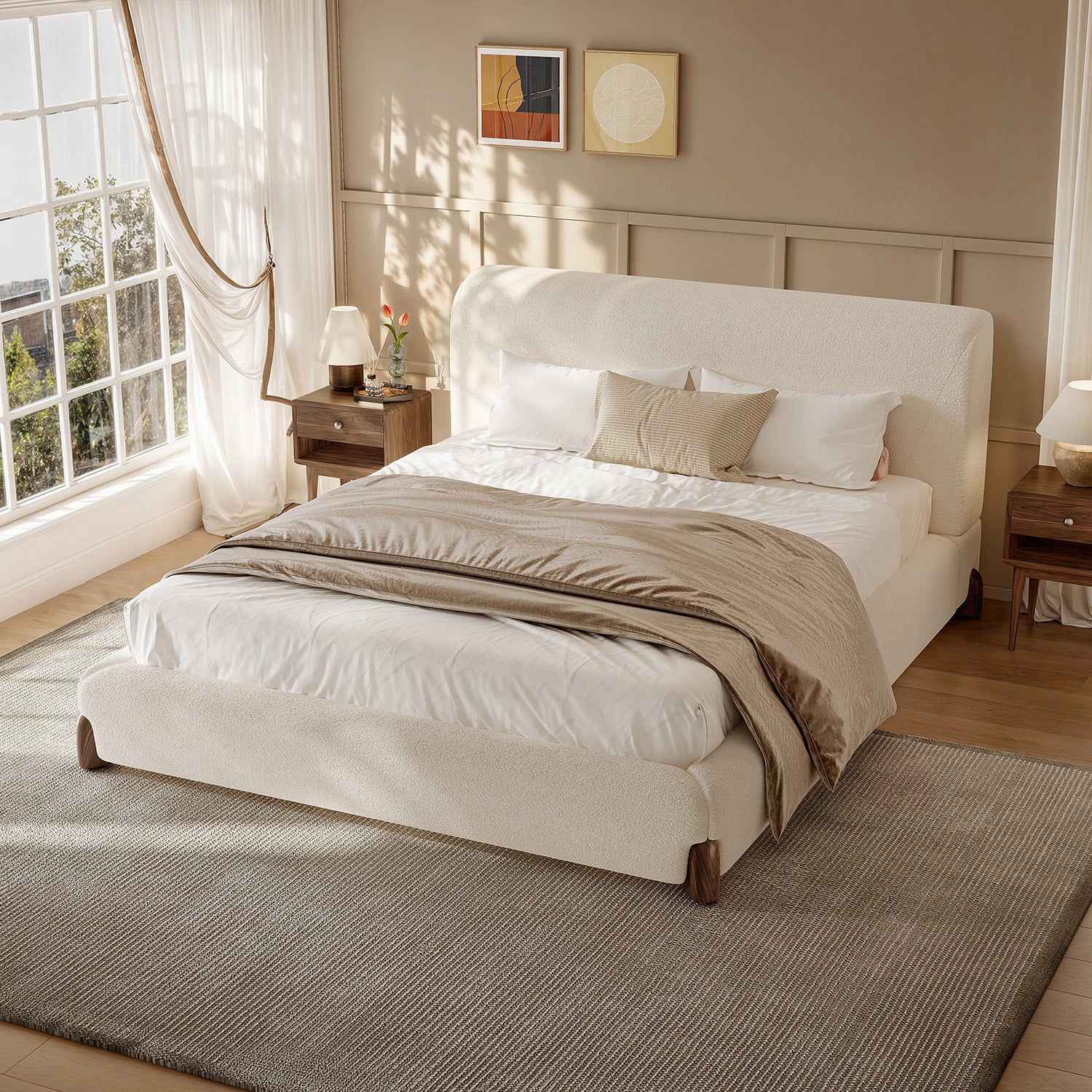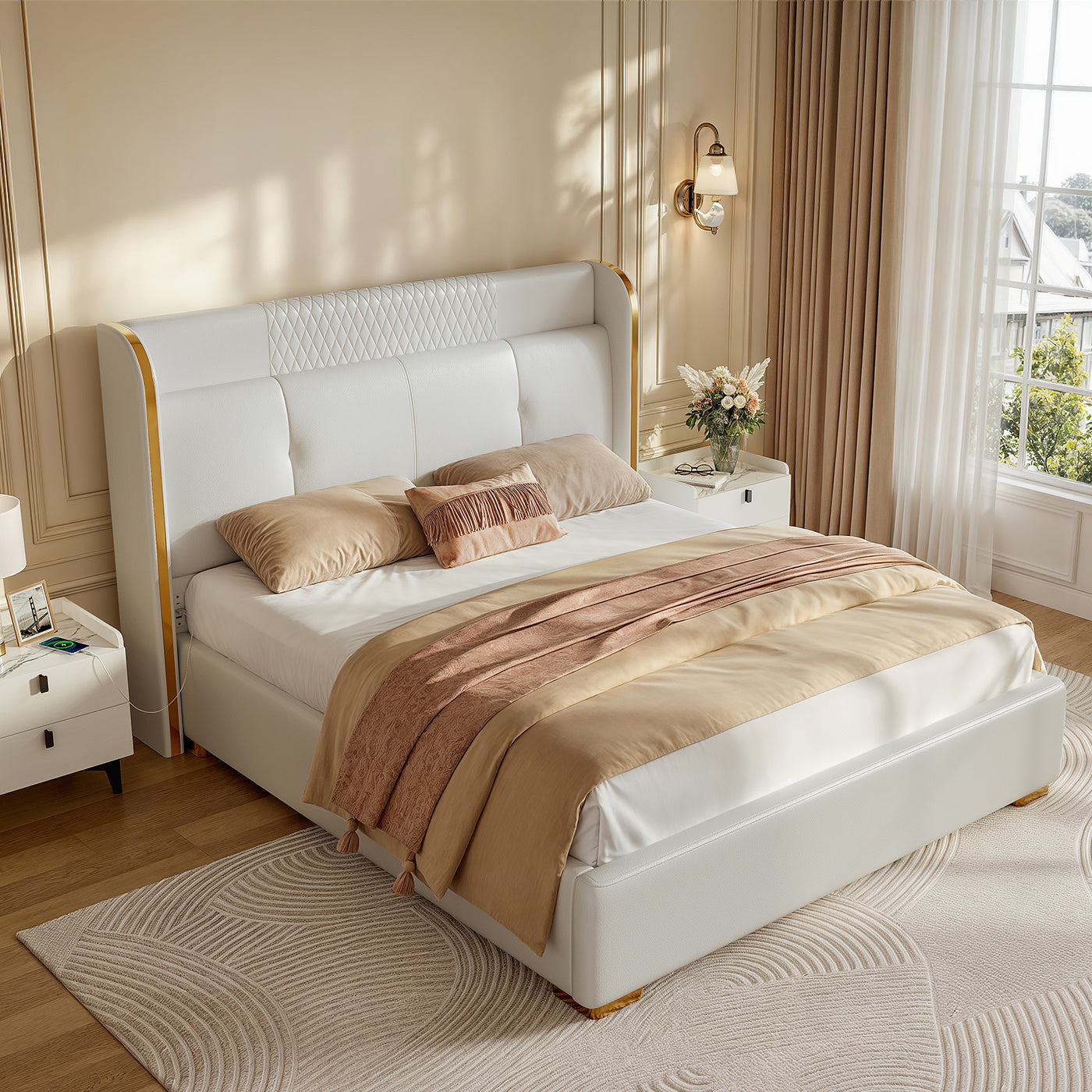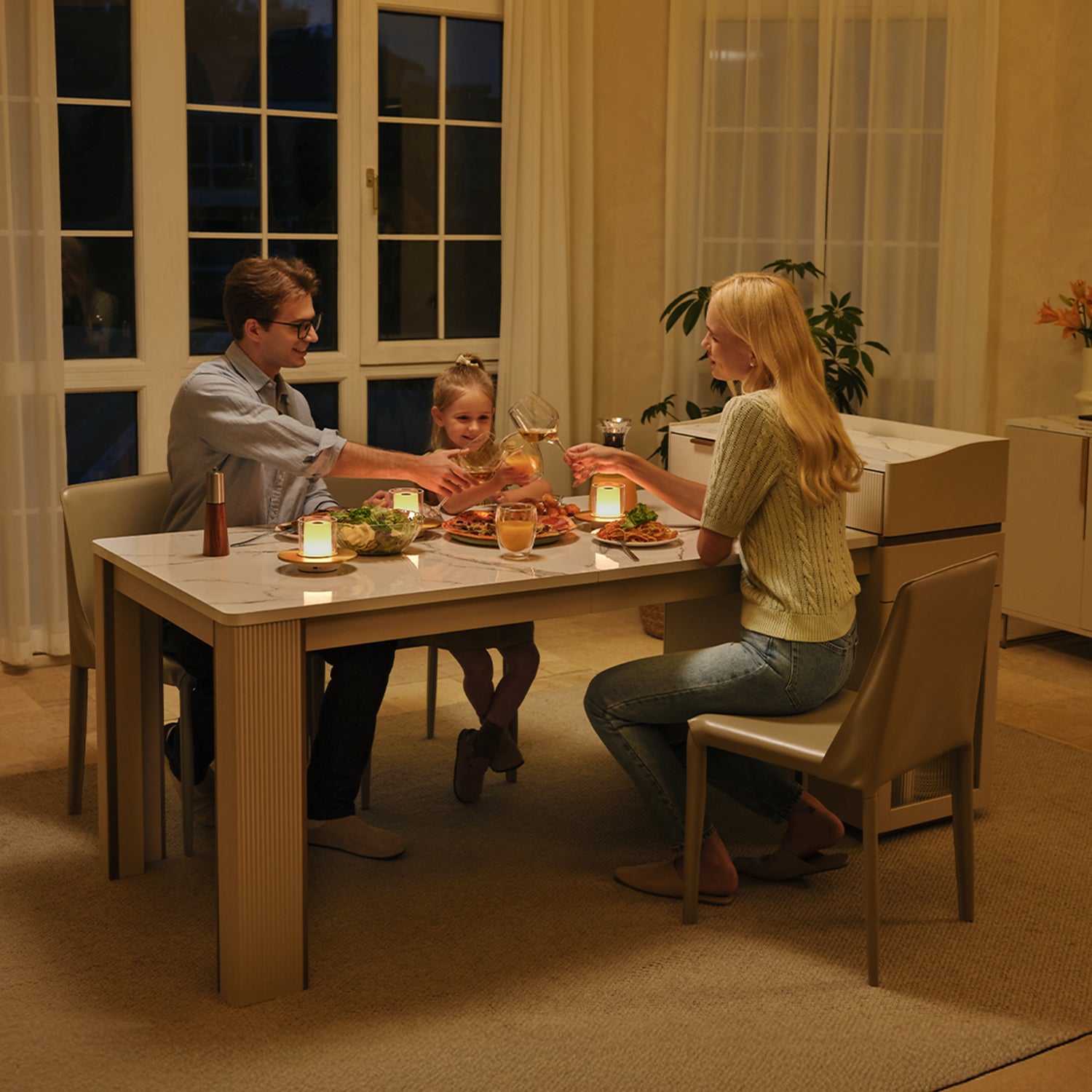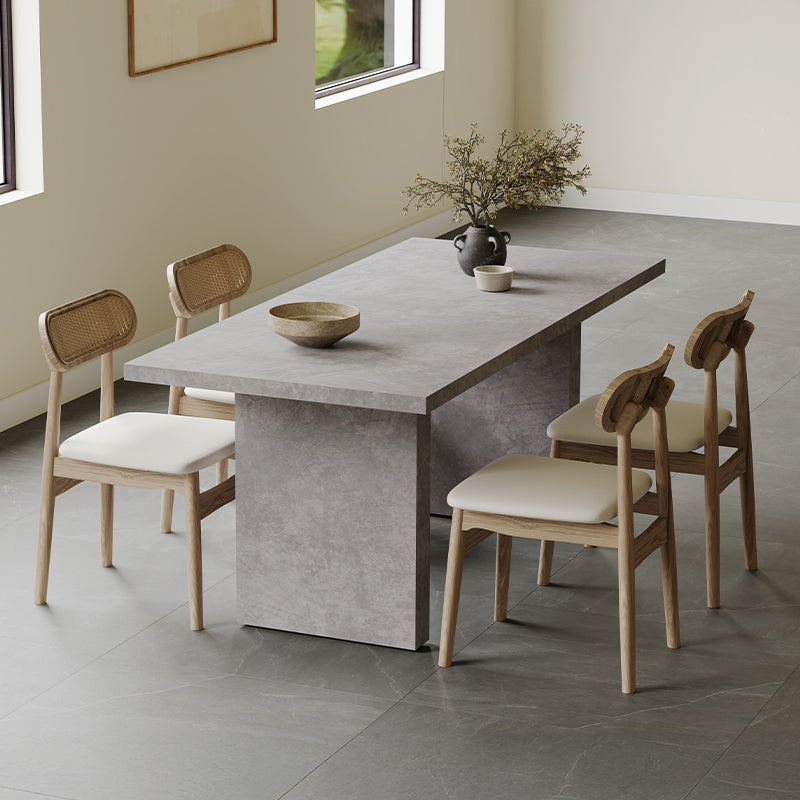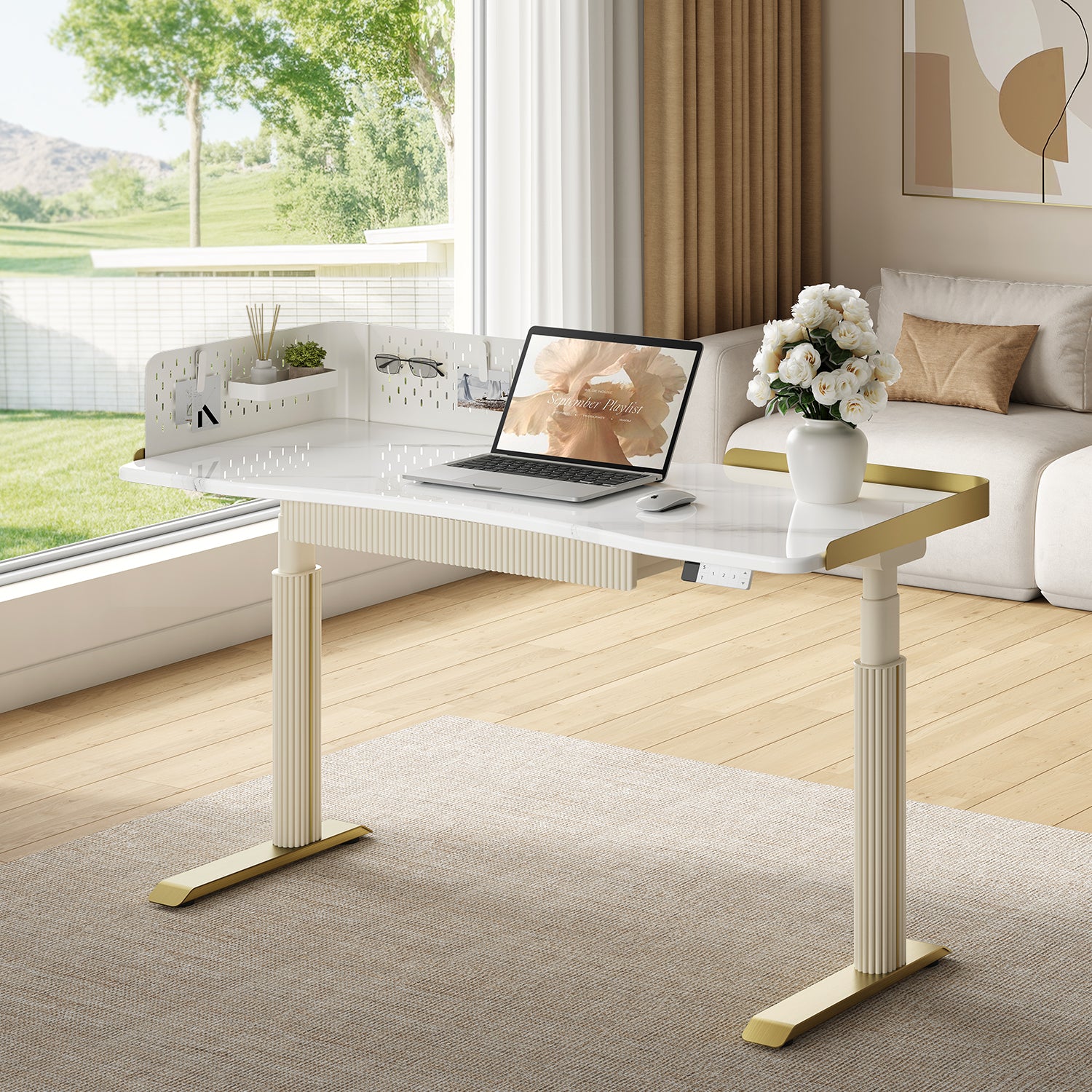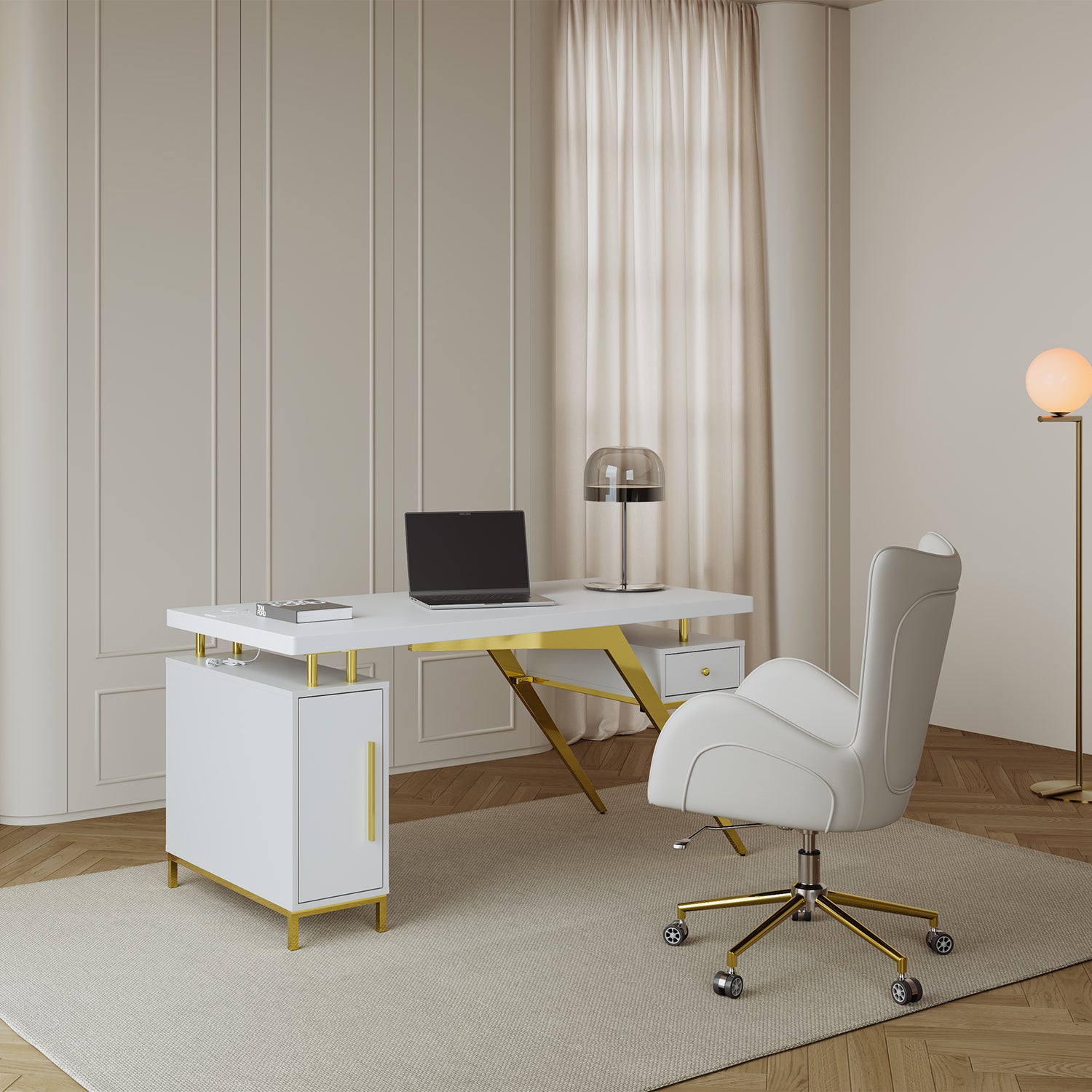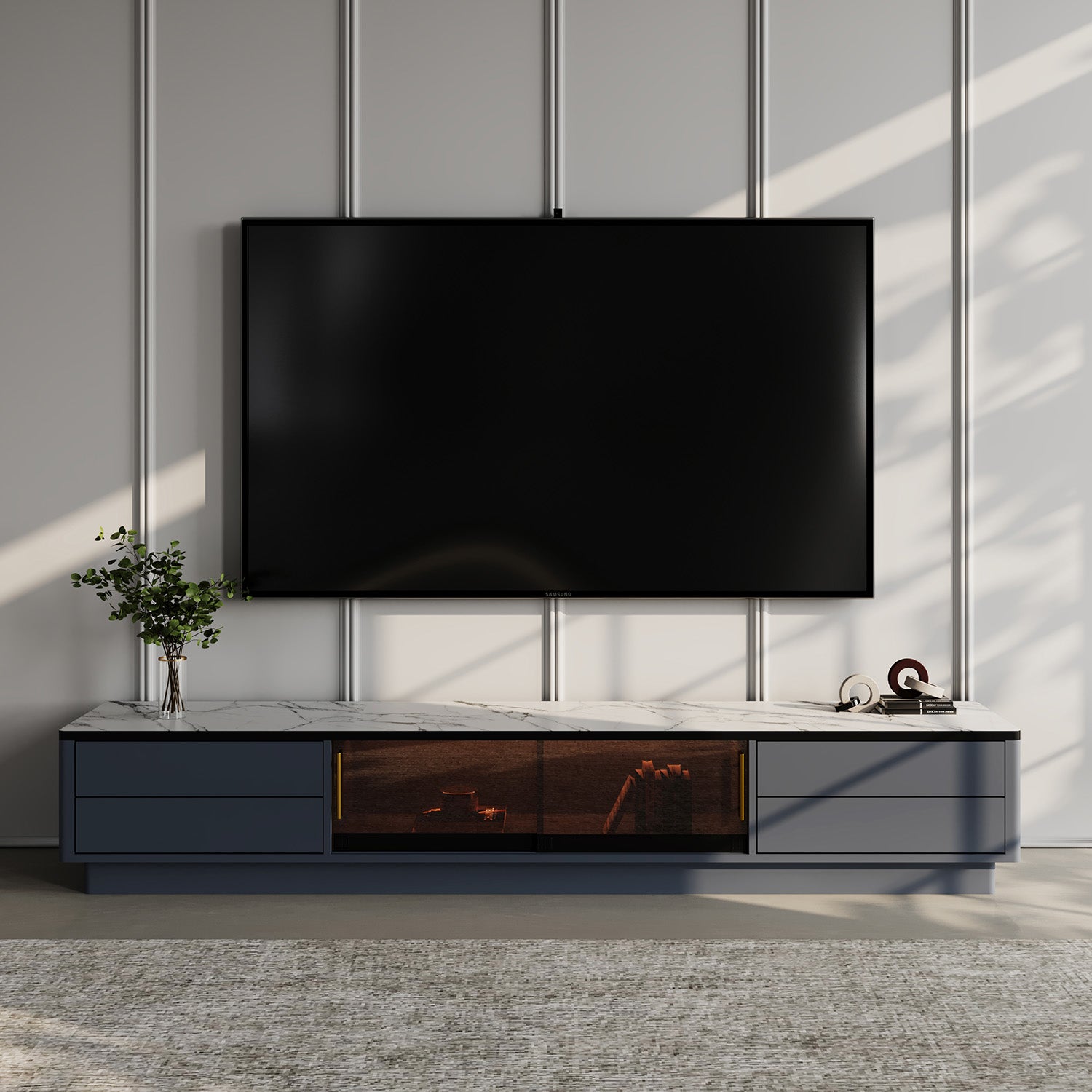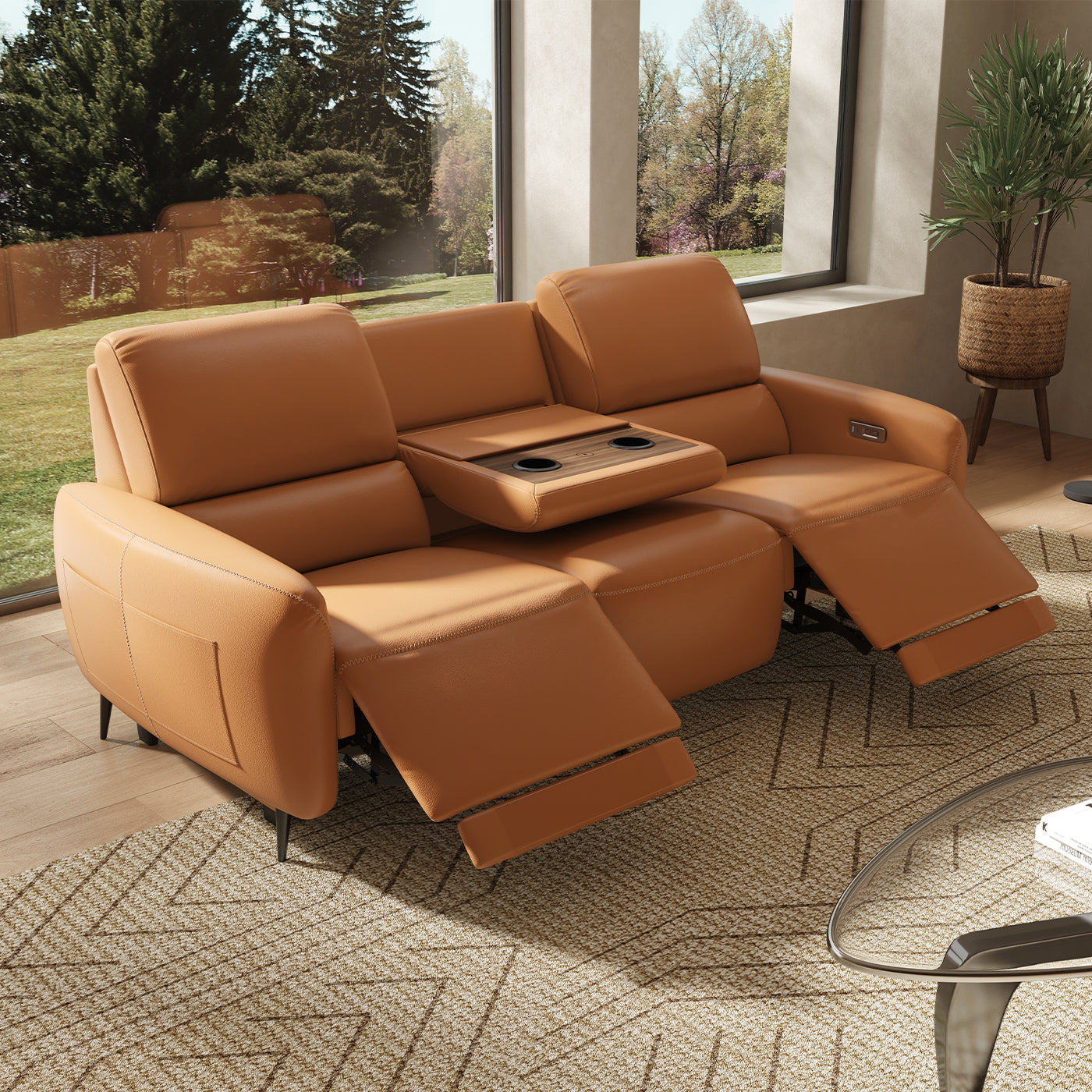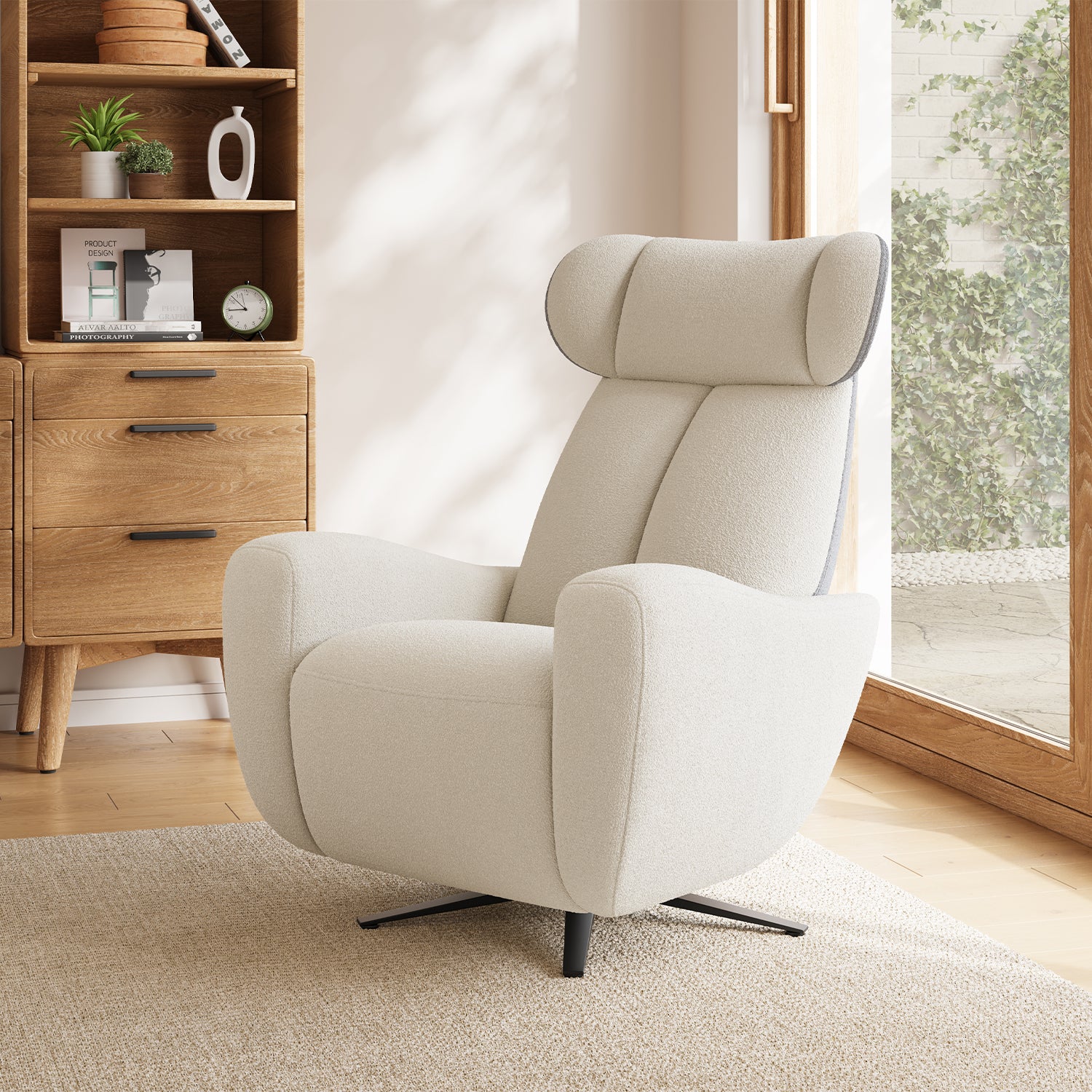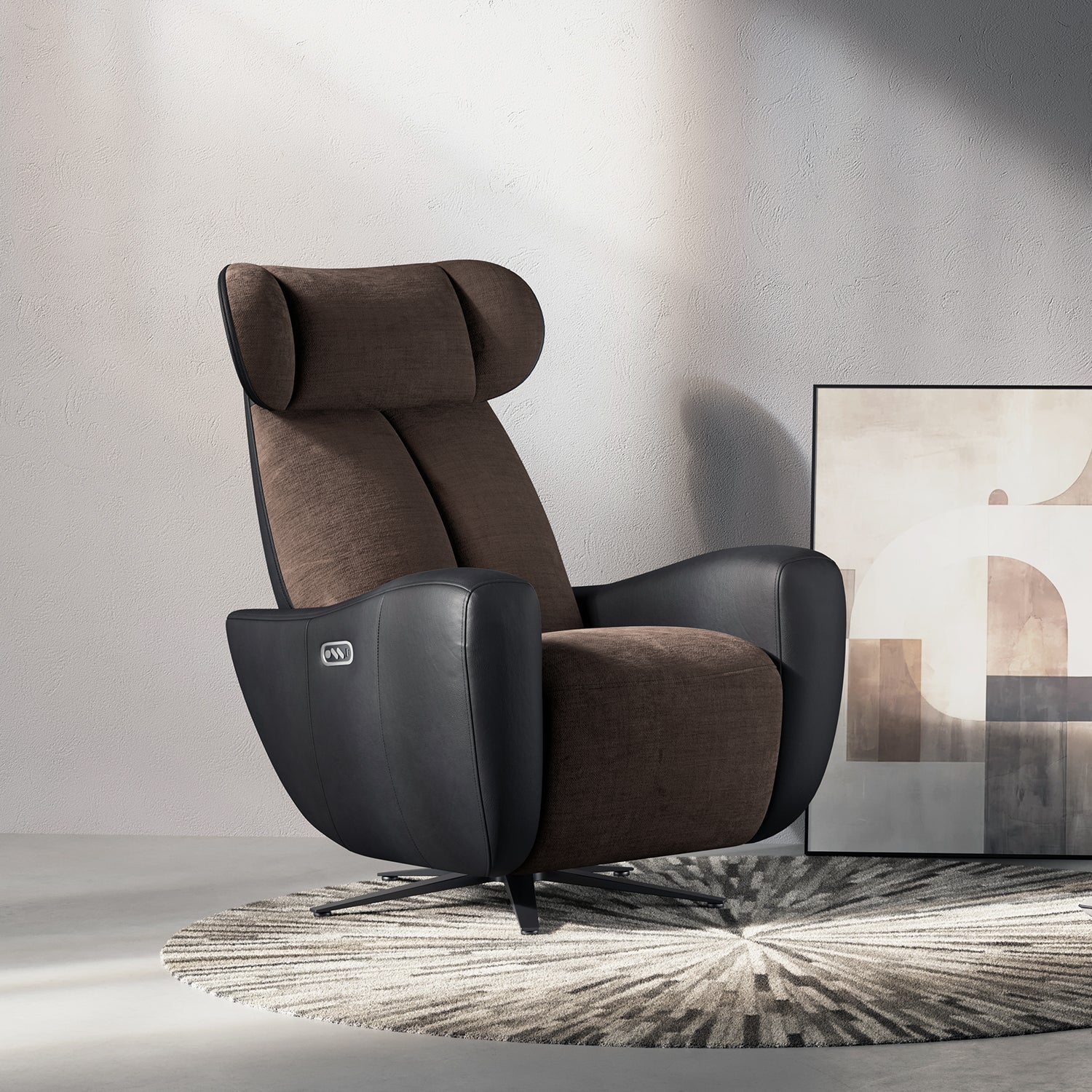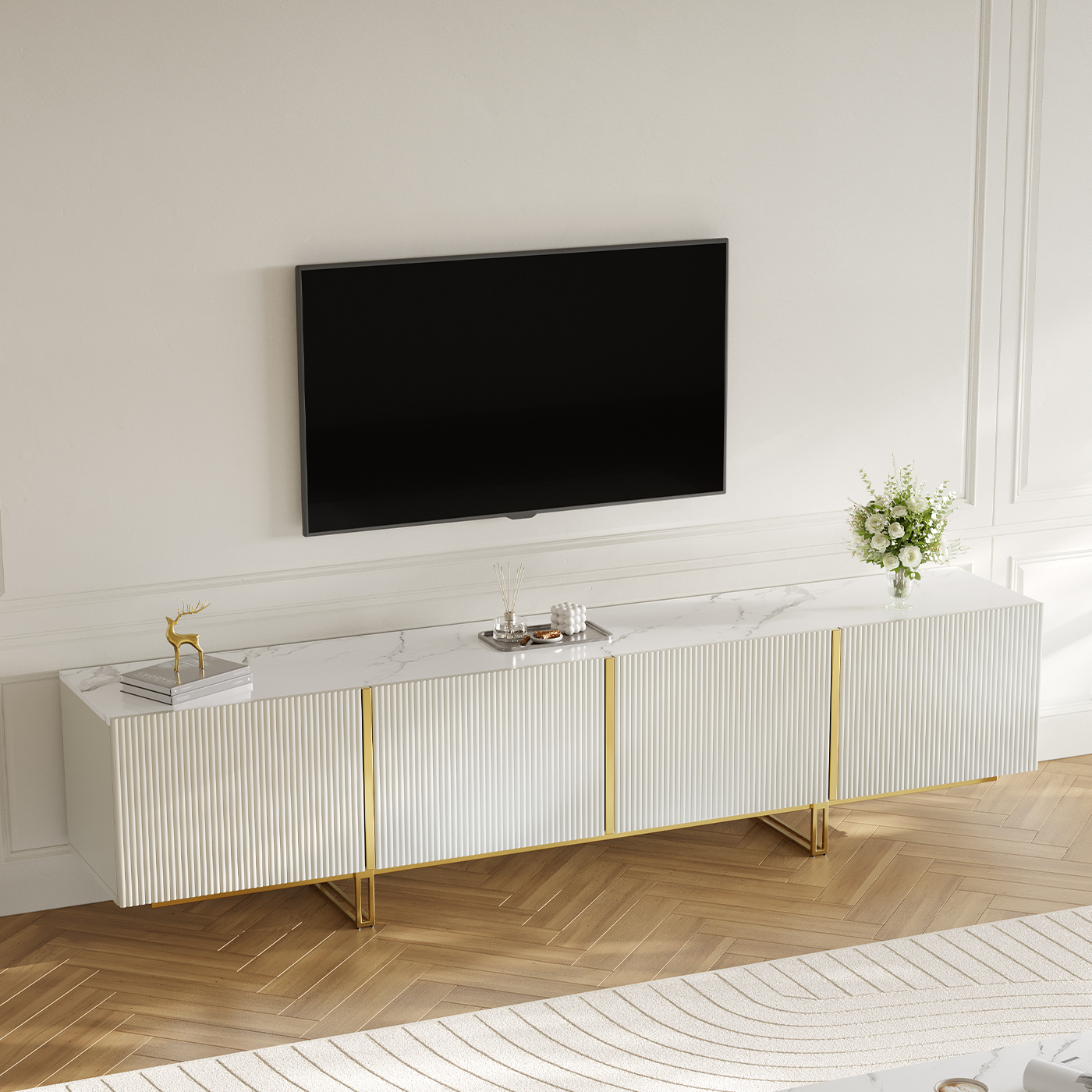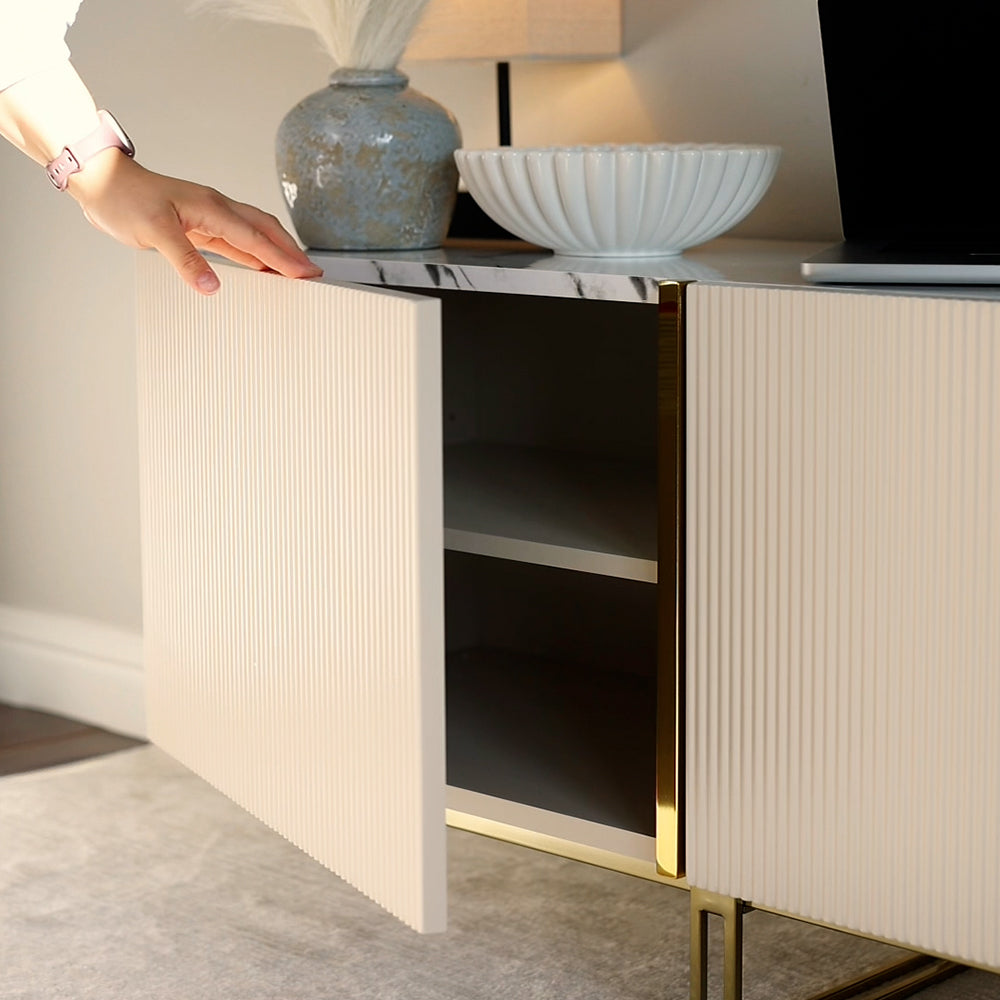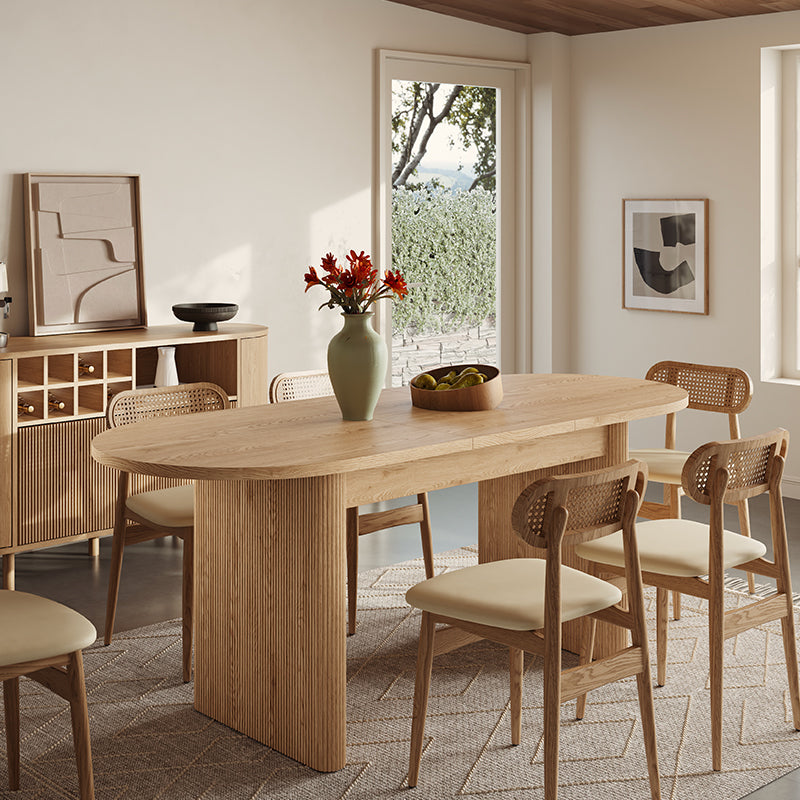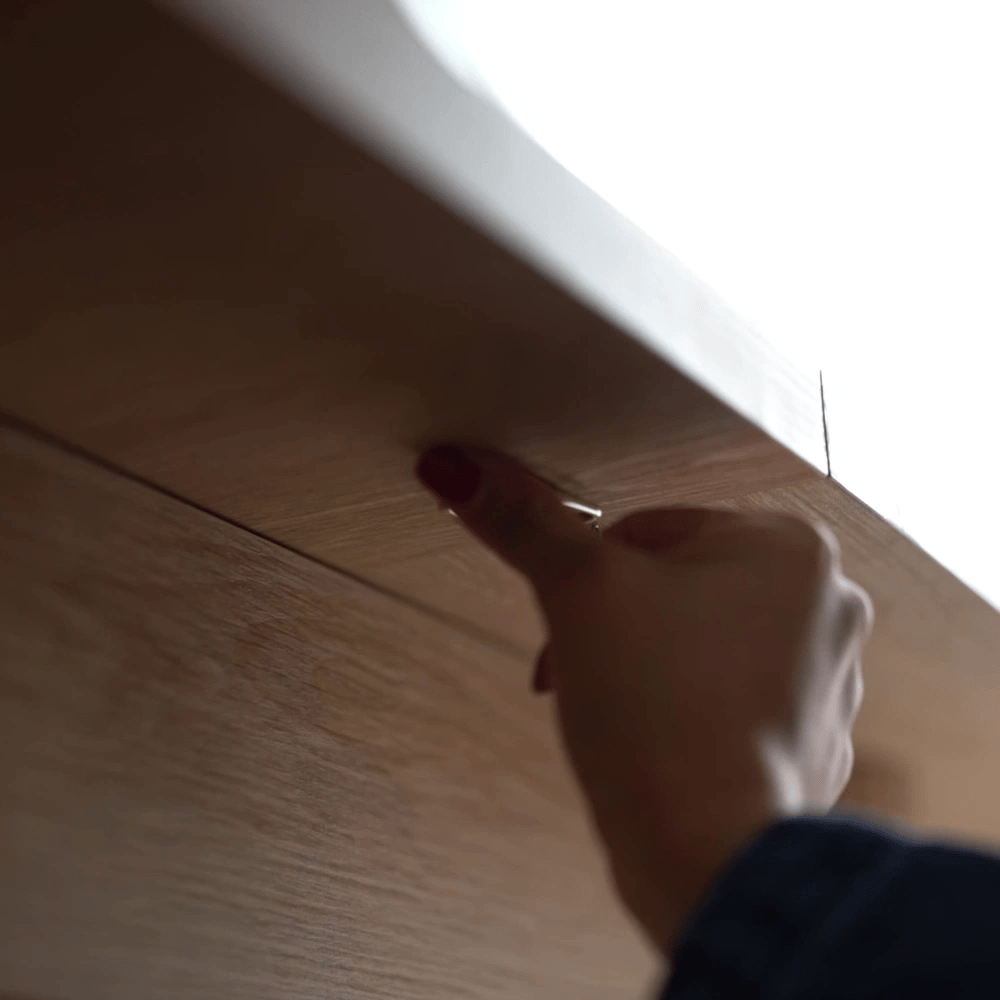More and more people are indulging in the luxury of a home cinema system, transforming a dedicated space for the ultimate movie experience. If you’re considering doing the same, here are five essential factors to keep in mind before starting your project.
While a dark, windowless room—such as a basement—is ideal for a home theater, you can achieve the same immersive atmosphere in any space with the help of high-quality blackout curtains.
Table of Content
1.Choosing the Perfect Space
A home cinema is designed to deliver an immersive audiovisual experience that mirrors the magic of the big screen in the comfort of your own home. Watching movies in a shared living area can be less enjoyable due to ambient light and background noise. For the best experience, a closed-off space—such as a basement—is ideal. If you’re working with a spare room, ensure it’s long enough, as projectors typically require about 14 feet of distance between the front row of seats and the screen for optimal viewing.
2.Comfortable Seating
Since you'll be spending hours enjoying movies in this space, comfort is key—but there’s no need to splurge on commercial theater seating. Cozy sofas and chairs will do the trick while adding a touch of homey charm. The AeroStretch Three Seater Power Recliner Sofa is a game-changer, offering plush seating with power reclining functionality for ultimate relaxation. Its fold-down middle backrest provides a convenient space to hold drinks and snacks, enhancing the true cinema experience. Plus, with built-in USB ports, you and your guests won’t have to worry about phone batteries running low during long movie marathons.
For a true cinema feel, consider building a simple wooden platform covered in carpeting to elevate the back row. A height of about six inches is enough to maintain clear sightlines.
This room has the potential to become a favorite gathering spot for family and friends. If your home has the space for a dedicated theater, it may even add value to your property, making it an attractive feature for future buyers.
3.Managing Light and Sound

Unlike most rooms in a home, a dedicated home theater should be as dark as possible. Large windows and excessive natural light can diminish the quality of projected images and disrupt the cinematic experience. Blackout curtains or a completely windowless space will create the ideal level of darkness. To keep external noise at bay, consider installing soundproofing panels in the walls and opting for a solid door. The same heavy curtains that block out light can also help absorb sound, enhancing the overall acoustics of your home cinema.
4.Essential Technology
The heart of any home cinema lies in its audiovisual setup, as it forms the foundation of your movie-watching experience. To get started, you’ll need a Blu-ray/DVD player, a cable box, or a media streaming device to ensure seamless playback. These components should be placed near a power outlet and have access to an internet connection.
For immersive sound, a well-balanced 6-speaker system is ideal:
- Two rear speakers for background effects
- One center speaker for clear dialogue
- Two front speakers for overall audio balance
- A subwoofer for deep bass and rich low-frequency sounds
When selecting a screen, size matters. The ideal screen size depends on the available distance between the seating area and the display. In smaller rooms, a 42-inch screen may be sufficient, while larger spaces—over 15 feet in length—can accommodate screens of 65 inches or more for a truly cinematic feel.
5.The Finishing Touches

To enhance your viewing experience, paint the walls and ceiling in a dark, neutral, matte color to prevent unwanted reflections during projections. While you may not typically prefer carpeting, it’s the best flooring choice for a home cinema, as it helps absorb sound and improve acoustics.
Keep the decor simple and understated—since the lights will be off most of the time, an elaborate design isn’t necessary. Avoid excessive wall decorations, even movie posters, as they can become unnecessary distractions while watching.
You don’t need multiple rows of theater-style seating to create an immersive experience. If space is limited, a comfortable sofa will work just as well, ensuring a cozy and enjoyable movie night.
Conclusion
Creating the perfect home theater balances comfort, functionality, and immersive design. By carefully selecting the right space, investing in cozy yet practical seating, managing light and sound, and choosing high-quality audiovisual equipment, you can bring the magic of the big screen into your home. Adding thoughtful finishing touches like dark wall colors and plush carpeting will further enhance the experience.
Whether you’re enjoying a solo movie night or hosting a gathering with friends and family, a well-designed home theater ensures countless hours of entertainment—and may even add value to your home in the long run. For a truly luxurious touch, don’t forget to include luxury home furniture to elevate the overall aesthetic and comfort. Enjoy your movie theater night at home!
If you want to buy our home furniture or couch for living room, you can check out more on our store

